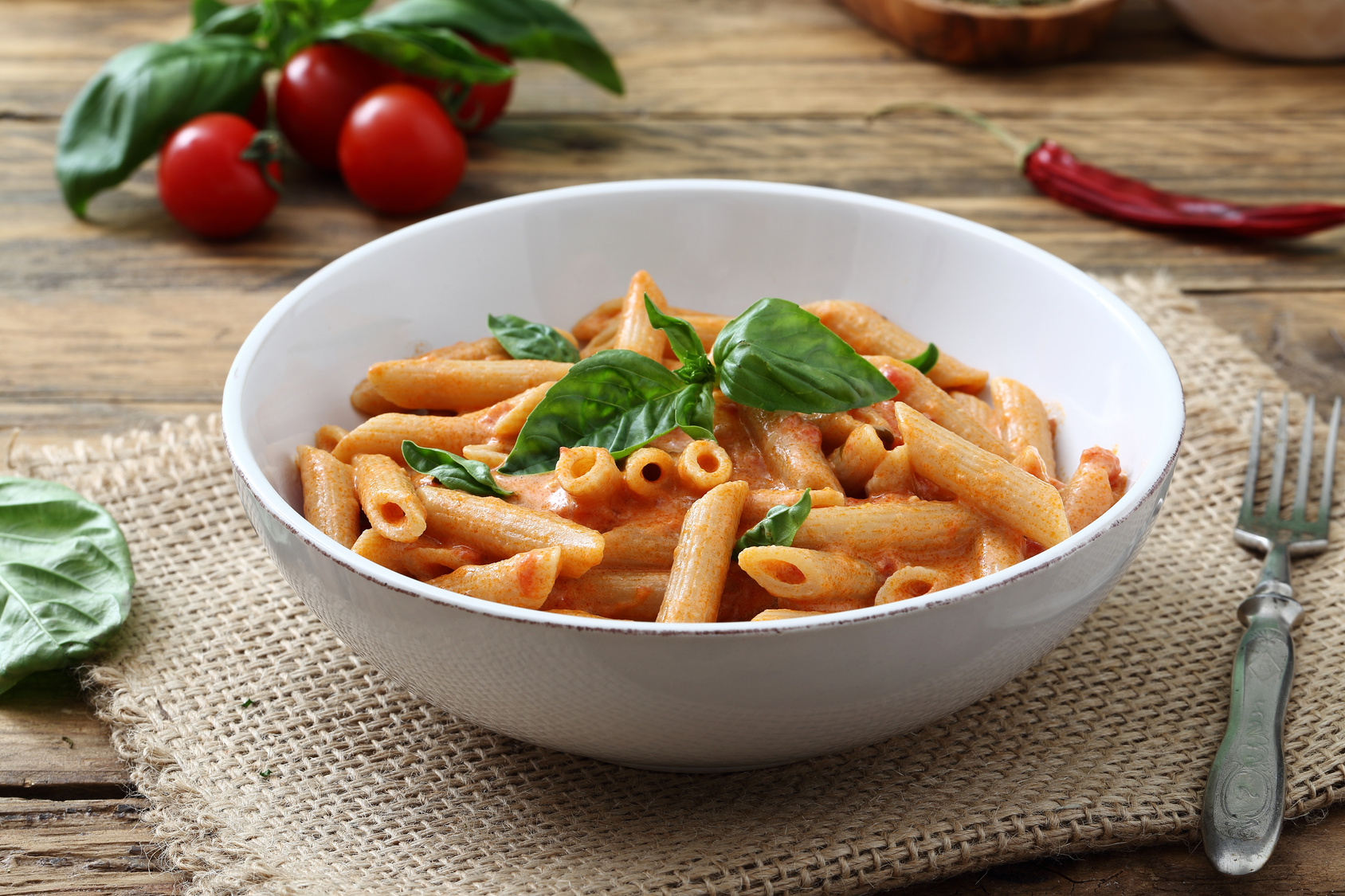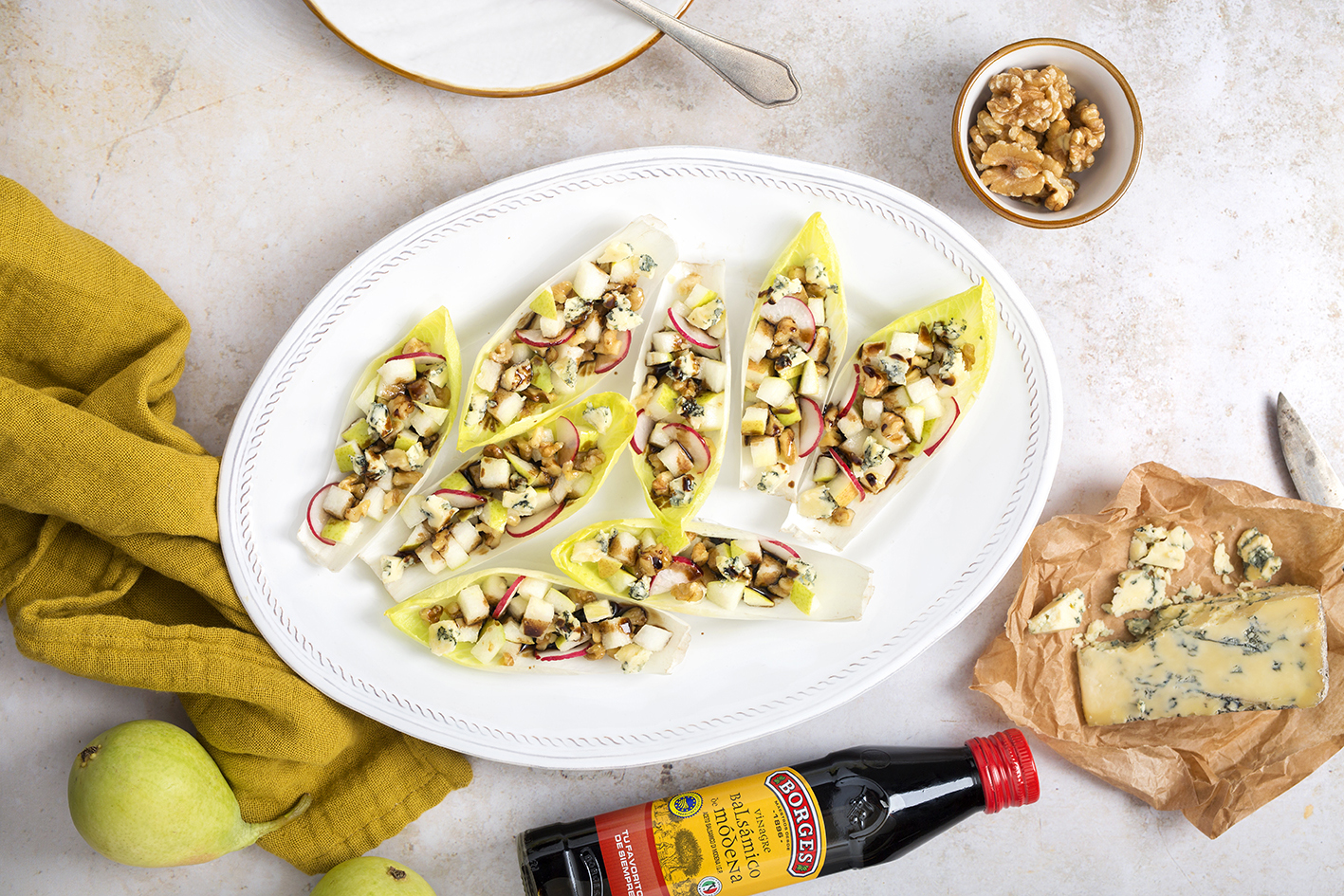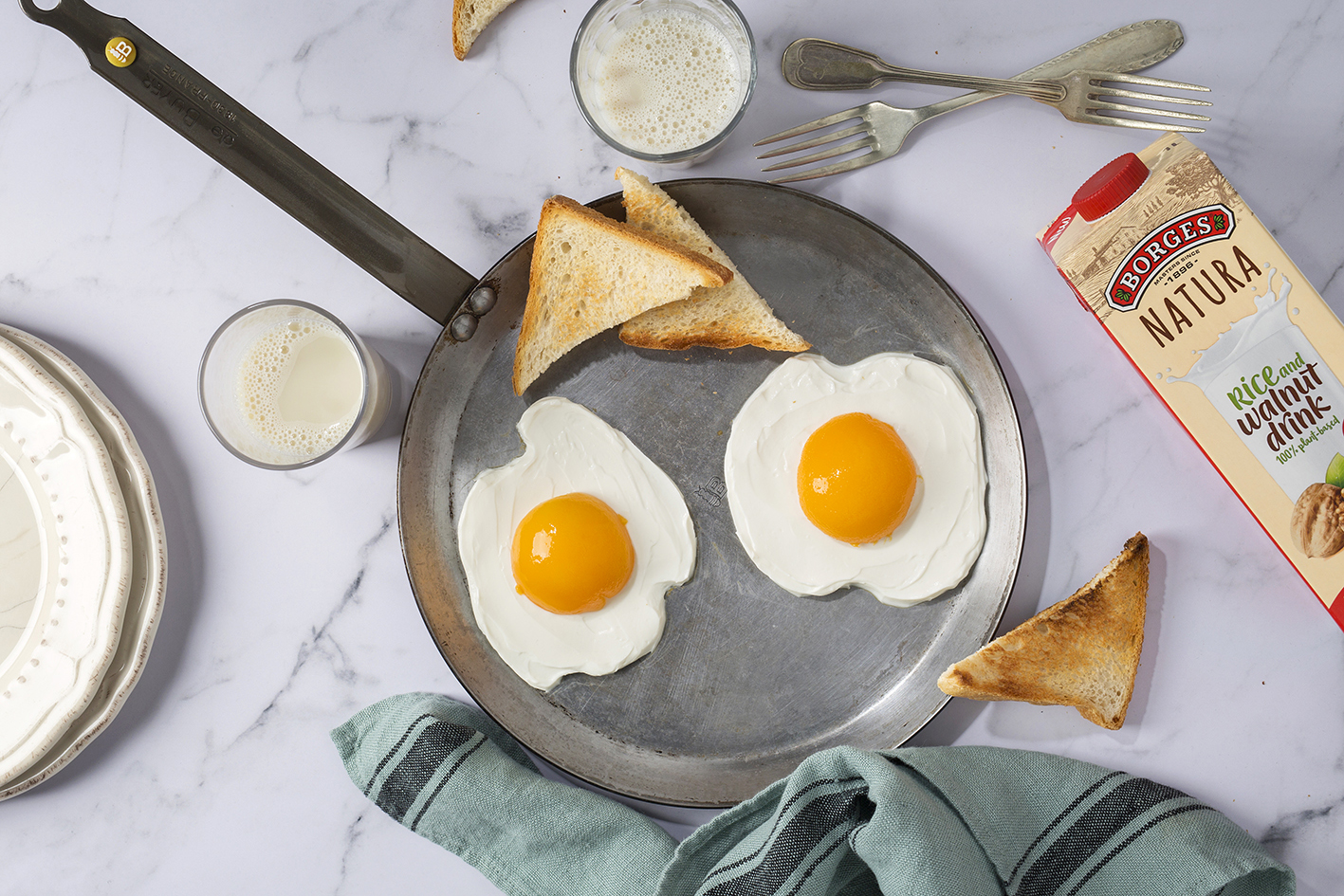Pasta is healthy and nutritious, contains slow-burning carbohydrates and provides us with the energy we need to get through the day. For years many people were under the impression that pasta was fattening and lost out on the many benefits of one of the staple foods in the Mediterranean diet, one that can be served with a whole host of tasty sauces, such as pesto, marinara or puttanesca, among others. If you think carefully about which sauce to serve with which kind of pasta and follow these hints, you can enjoy all the benefits of this amazing source of strength, energy and proteins yet with hardly any fat.
– You only need 50–70 g of pasta per serving. It has fewer calories than other foods and if you only eat small portions, there’s no harm in eating pasta almost every day.
– Serve with a side salad or cold soup, eat the pasta as your main dish and choose a fruit in season for dessert: a healthy, balanced and low-calorie meal.
– If you’re watching your figure, simply go for sauces with fewer calories. Marinara or basilico are both light and delicious, as is arrabbiata. Others, such as ricotta, have more calories, so they are best saved for meals when you’ll be burning them afterwards.
– Likewise, try to choose heavier sauces for lunch and lighter sauces for dinner. And reduce the amount of pasta if you’re eating it in the evening: 40 g of pasta and marinara sauce, for example, and a piece of fruit or yogurt for dessert.
– Eat dinner earlier. You should try and do this as a matter of course, not only if you’re planning on having pasta. Don’t go straight to bed immediately after dinner, as you won’t burn what you’ve eaten. A half-hour evening stroll after an early dinner works wonders for your body (and your figure).
– The secret is to compensate. If you’ve treated yourself with a huge plate of pasta for lunch (more than the recommended 50–70 g) with lashings of sauce, then make do with a plate of fruit or yogurt and cereals for dinner. Don’t beat yourself up for enjoying some tasty pasta and sauce: we all find it as irresistible as you do!
– Most pasta dishes are served with a moderate amount of sauce, even though we often think we’re consuming more calories than we really are. Sauces are usually tomato based, so they don’t include large amount of other ingredients.
– Bear in mind that since it contains slow-burning carbohydrates, the combination of pasta and sauce will leave you feeling full for quite a while, and should see off mid-afternoon hunger pangs and unhealthy snacking.


